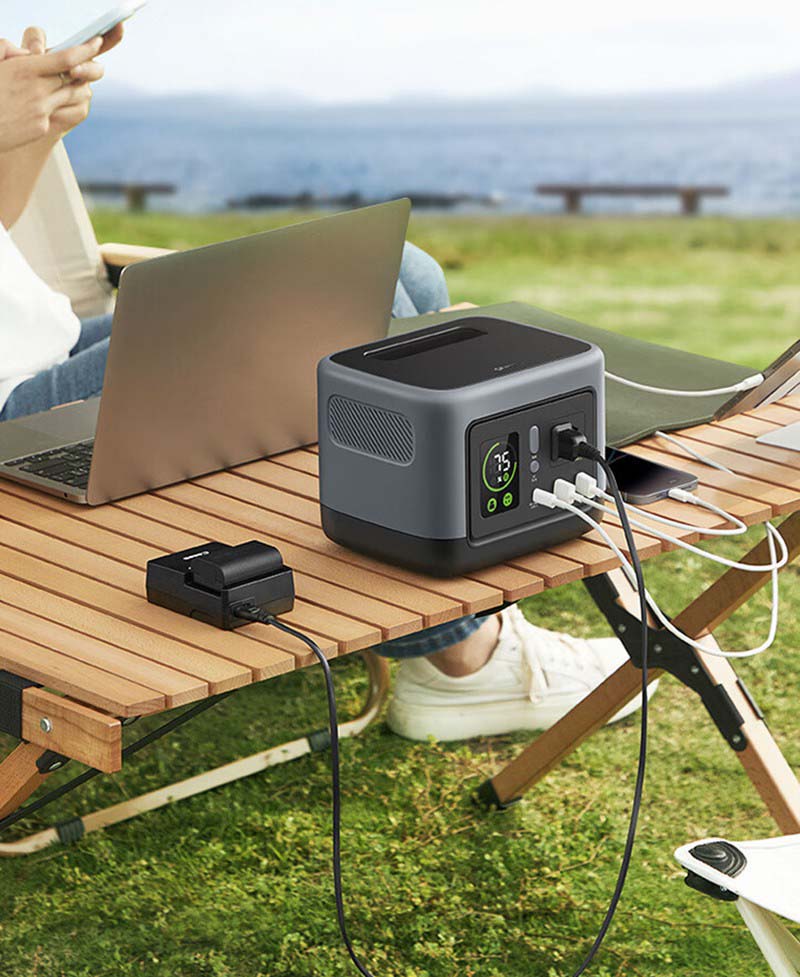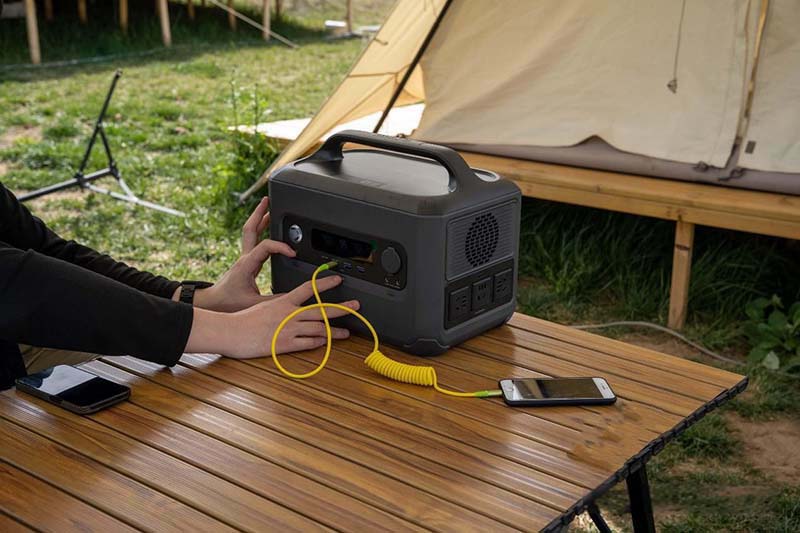power station diagram simple
Portable power station can be used for Electric razors, Electronic notebooks, Mini laser pointers, Mini fans, Electronic mosquito repellents, etc, A power station diagram simple overview helps to understand how electricity is generated and delivered to homes and busi...

Essential Devices Powered
- Rated output power ranges from 150W to 10000W, suitable for various electrical appliances.
- Supports 16A high-power socket output, driving a 3P air conditioner.
- Cell cycle life ≥ 3000 cycles (80% capacity retention)
- It has overcharge protection to prevent the battery from bulging and being damaged due to overcharging.
- The large-capacity energy storage model features silent omnidirectional wheels and a telescopic handle, making it as easy to drag as a suitcase.
Camping Benefits
- Drainage pumps in flood-stricken areas continue to operate
- University biological field sampling equipment battery life
- Lighting for small outdoor exhibition booths + power supply for demonstration equipment
- Campsite electric barbecue grill + electric oven power supply
- Power supply for high-altitude oxygen generators
A power station diagram simple overview helps to understand how electricity is generated and delivered to homes and businesses. At its core, a power station converts energy from various sources into electrical energy. The process begins with a fuel source, such as coal, natural gas, nuclear, or renewable sources like wind and solar. This energy is used to heat water in a boiler, creating steam. The high-pressure steam then spins a turbine connected to a generator. As the turbine blades turn, the generator produces electricity. The generated electricity flows through transformers, which increase the voltage for efficient transmission over long distances. High-voltage power lines carry the electricity to substations, where the voltage is reduced to safer levels for distribution. From there, the electricity travels through smaller power lines to homes, offices, and factories. This simple diagram highlights the main components: the fuel source, boiler, turbine, generator, transformers, transmission lines, and distribution network. Understanding this basic flow helps demystify how power stations play a crucial role in providing reliable electricity that powers our daily lives. Whether from fossil fuels or renewable sources, the fundamental principles of power generation remain consistent, ensuring energy reaches us safely and efficiently.


